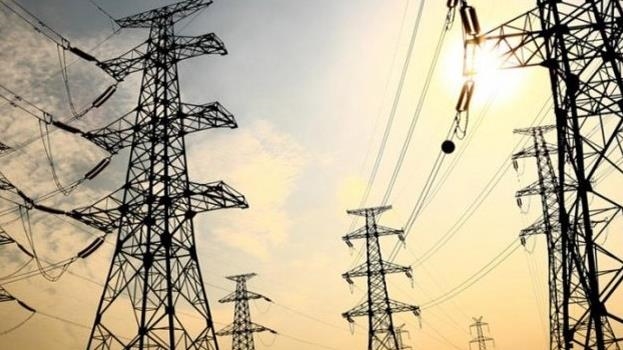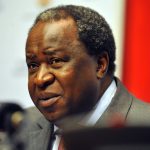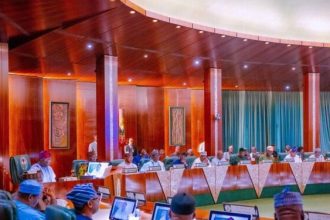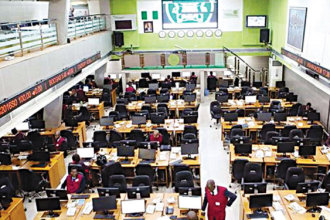Before the Kariba dam crisis, fewer than half of Zambia’s 20 million people had access to electricity. Now, millions more are grappling with worsening power shortages as families adjust their daily lives—mothers seeking alternative ways to cook, and children doing their homework by candlelight.
Zambia is in the grip of a climate-induced energy crisis that has left the southern African nation with a crippling shortage of electricity. For some, the situation has become so dire that individuals have resorted to taking their desktop computers—complete with monitors and hard drives—to local cafes, just to continue working.
The country is experiencing its worst power blackouts in living memory, triggered by a severe drought that has depleted the Kariba Dam, a key source of energy for Zambia. The dam, located 200 kilometers (125 miles) south of the capital, Lusaka, straddles the border between Zambia and Zimbabwe and supplies over 80% of Zambia’s national electricity needs.
Kariba, the largest man-made lake by volume globally, was constructed in the 1950s to harness the waters of the Zambezi River, converting a once-vast valley into a massive reservoir designed to generate hydroelectric power. The project was meant to provide a reliable, renewable energy source for both Zambia and Zimbabwe.
However, due to the severe drought caused by the El Niño weather pattern, worsened by rising global temperatures, the dam’s hydroelectric station is now at risk of complete shutdown for the first time. Months of drought have left the water levels critically low, preventing normal operation of the turbines.
Currently, only one of the six turbines on Zambia’s side of the dam is operational, reducing power generation to less than 10% of normal capacity. As a result, Zambians now have access to electricity for only a few hours each day, with many regions going without power for days at a time.
Small businesses, which form the backbone of Zambia’s economy, have been hit particularly hard.
“I tell you, we’ve stayed five days now without power,” says Tindor Sikunyongana, a welder trying to keep his business afloat. His frustration is palpable. Despite investing in a diesel generator, Sikunyongana struggles to keep it running due to the high cost of fuel. As he spoke, his generator ran out of diesel and came to a stop.
Experts point to Zambia’s over-reliance on hydroelectric power as a key factor in the current crisis.
“Eighty-five percent dependency on hydro is obviously a risk,” says Geoffrey Chiyumbe, Vice Chairman of the Energy Committee at the Engineering Institute of Zambia.
“We needed to have a mix of renewable and non-renewable energy sources so that in case one fails, we are not put in a crisis like the one we are in,” he added.
At Kariba, the once-mighty dam wall stands exposed, with a reddish-brown stain marking where the water levels used to reach more than a decade ago. Now, the water level is so low that much of the dam’s 128-meter-high (420-feet) wall is visible, underscoring the severity of the drought that has crippled Zambia’s power supply.
This energy crisis has further strained Zambia’s economy and exacerbated daily hardships for millions, with no immediate relief in sight.















